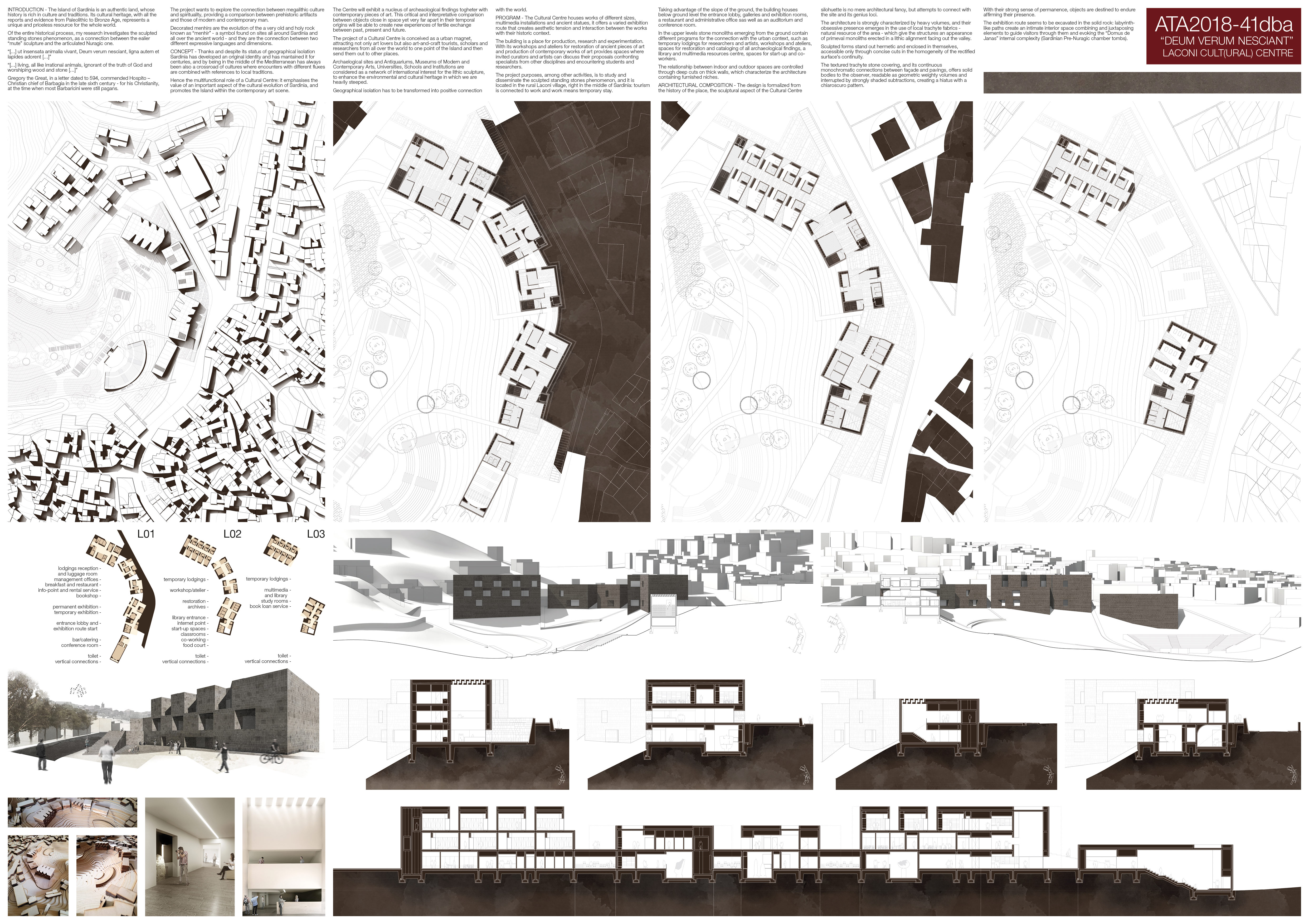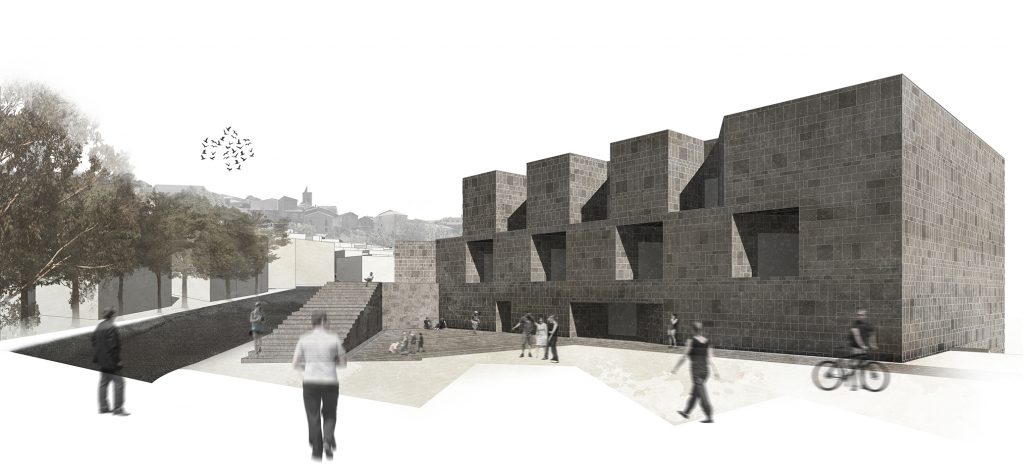The Island of Sardinia is an authentic land, rich in culture and traditions. Its cultural heritage of evidences from Paleolithic to Bronze Age represents a unique resource for the whole world. My research investigates the sculpted standing stones phenomenon, connection between the ealier sculpture and the articulated Nuragic one.
“[…] ut insensata animalia vivant, Deum verum nesciant, ligna autem et lapides adorent […]”
Gregory the Great in a letter dated to 594 commended the chief of Barbagia in the late sixth century for his Christianity, when most Barbaricini were still pagans. The project explores the connection between megalithic culture and spirituality, comparing prehistoric artifacts and modern ones.
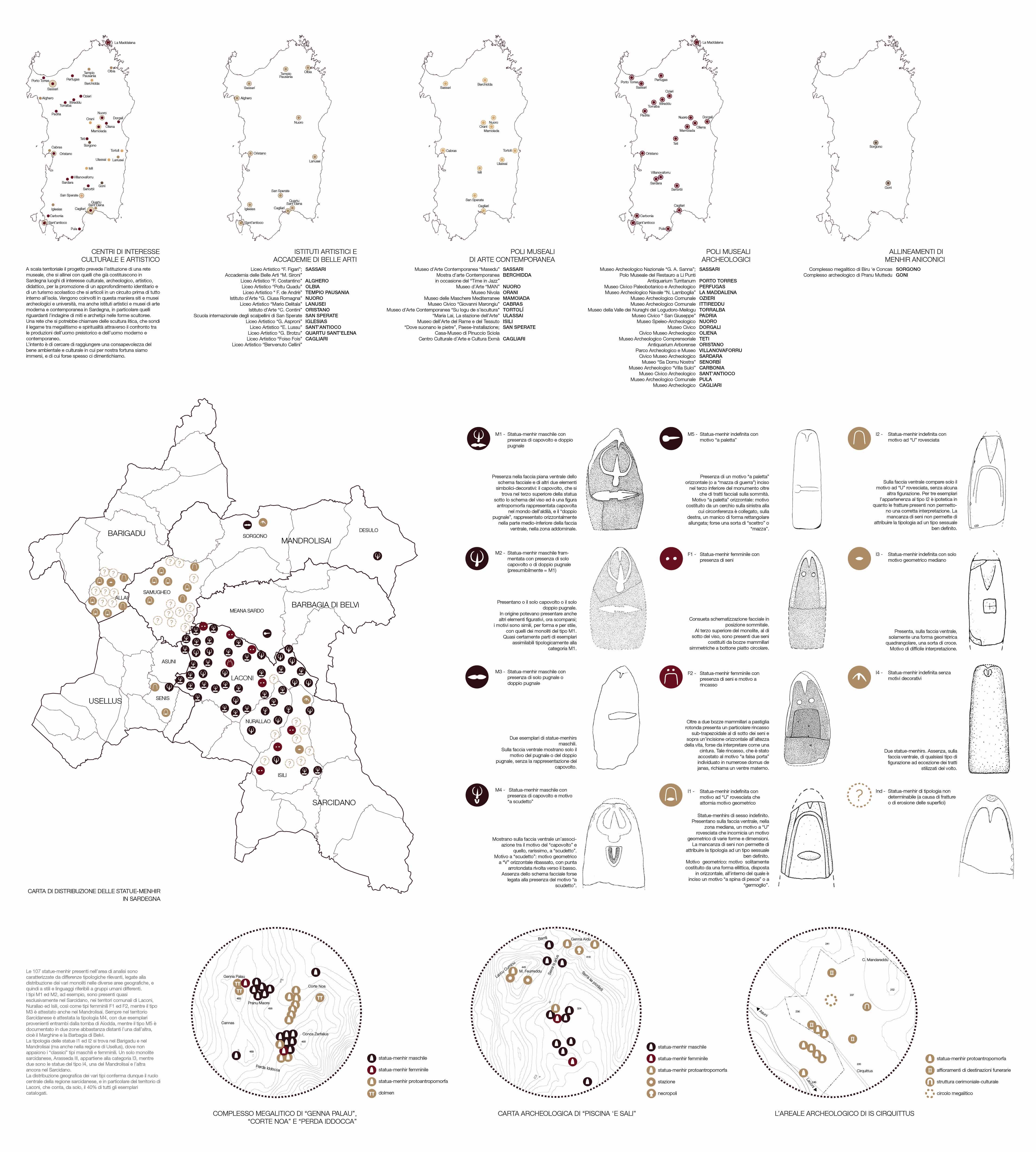
Thanks and despite its status of geographical isolation Sardinia has developed an original identity and has mantained it for centuries. By being in the middle of the Mediterranean has always been also a crossroad of cultures where encounters with different fluxes are combined with references to local traditions. Hence the multifunctional role of a Cultural Centre: it emphasises the value of an important aspect of the cultural evolution of Sardinia, and promotes the Island within the contemporary art scene. The Centre will exhibit a nucleus of archeaological findings togheter with contemporary pieces of art. This critical and interpretative comparison between objects close in space yet very far apart in their temporal origins will be able to create new experiences of fertile exchange between past, present and future. The project of a Cultural Centre is conceived as a urban magnet, attracting not only art lovers but also art-and-craft tourists, scholars and researchers from all over the world to one point of the Island and then send them out to other places. Archaelogical sites and Antiquariums, Museums of Modern and Contemporary Arts, Universities, Schools and Institutions are considered as a network of international interest for the lithic sculpture, to enhance the environmental and cultural heritage in which we are heavily steeped. Geographical isolation has to be transformed into positive connection with the world.
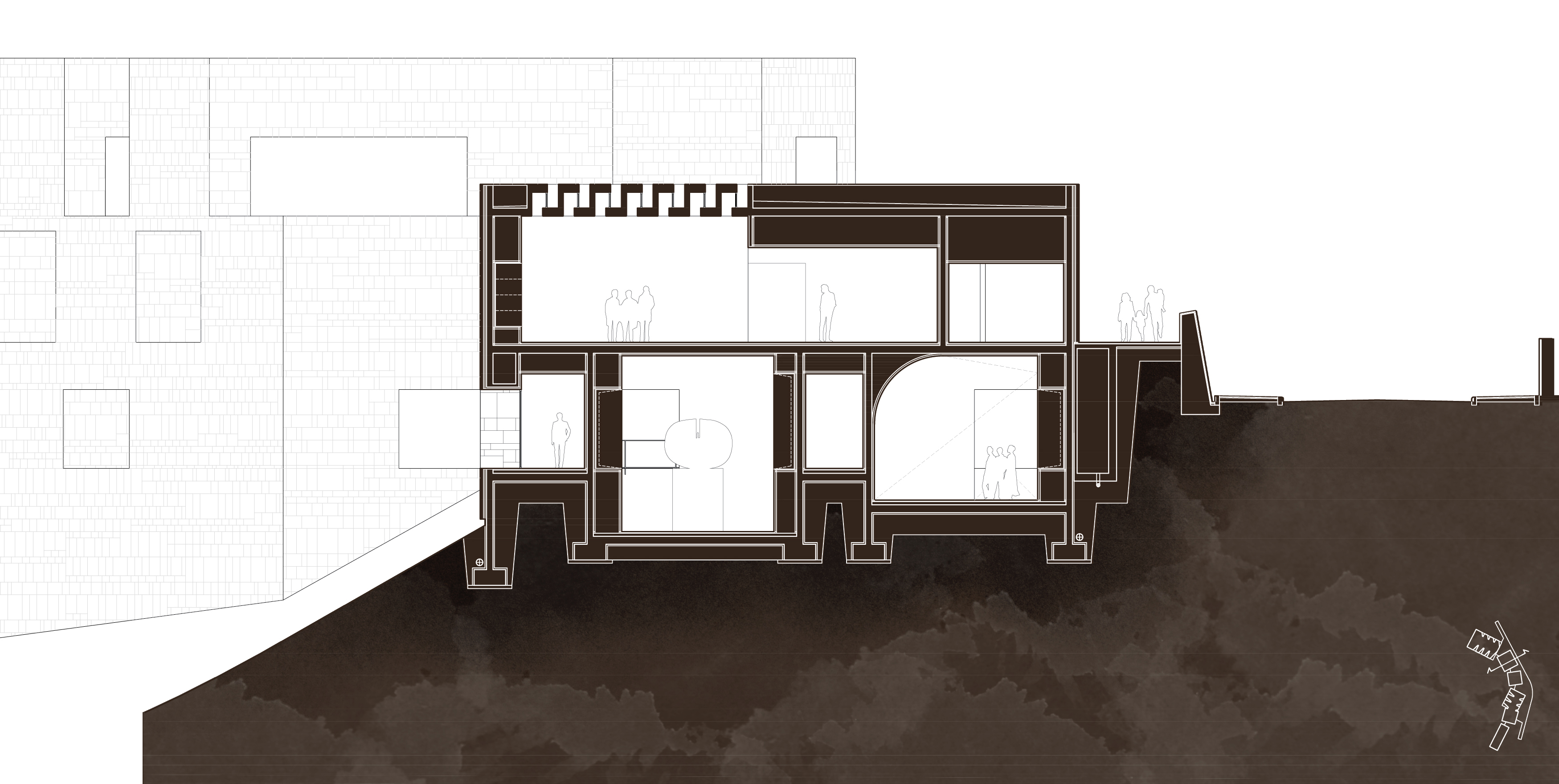
The design is formalized from the history of the place, the sculptural aspect of the Cultural Centre silohuette is no mere architectural fancy, but attempts to connect with the site and its genius loci. The architecture is strongly characterized by heavy volumes, and their obsessive presence emerges in the use of local trachyte fabrics - natural resource of the area - which give the structures an appearance of primeval monoliths erected in a lithic alignment facing out the valley. Sculpted forms stand out hermetic and enclosed in themselves, accessible only through concise cuts in the homogeneity of the rectified surface’s continuity. The textured trachyte stone covering, and its continuous monochromatic connections between façade and pavings, offers solid bodies to the observer, readable as geometric weighty volumes and interrupted by strongly shaded subtractions, creating a hiatus with a chiaroscuro pattern. With their strong sense of permanence, objects are destined to endure affirming their presence. The exhibition route seems to be excavated in the solid rock: labyrinth-like paths create an intimate interior space combining and juxtaposing elements to guide visitors through them and evoking the “Domus de Janas” internal complexity (Sardinian Pre-Nuragic chamber tombs).
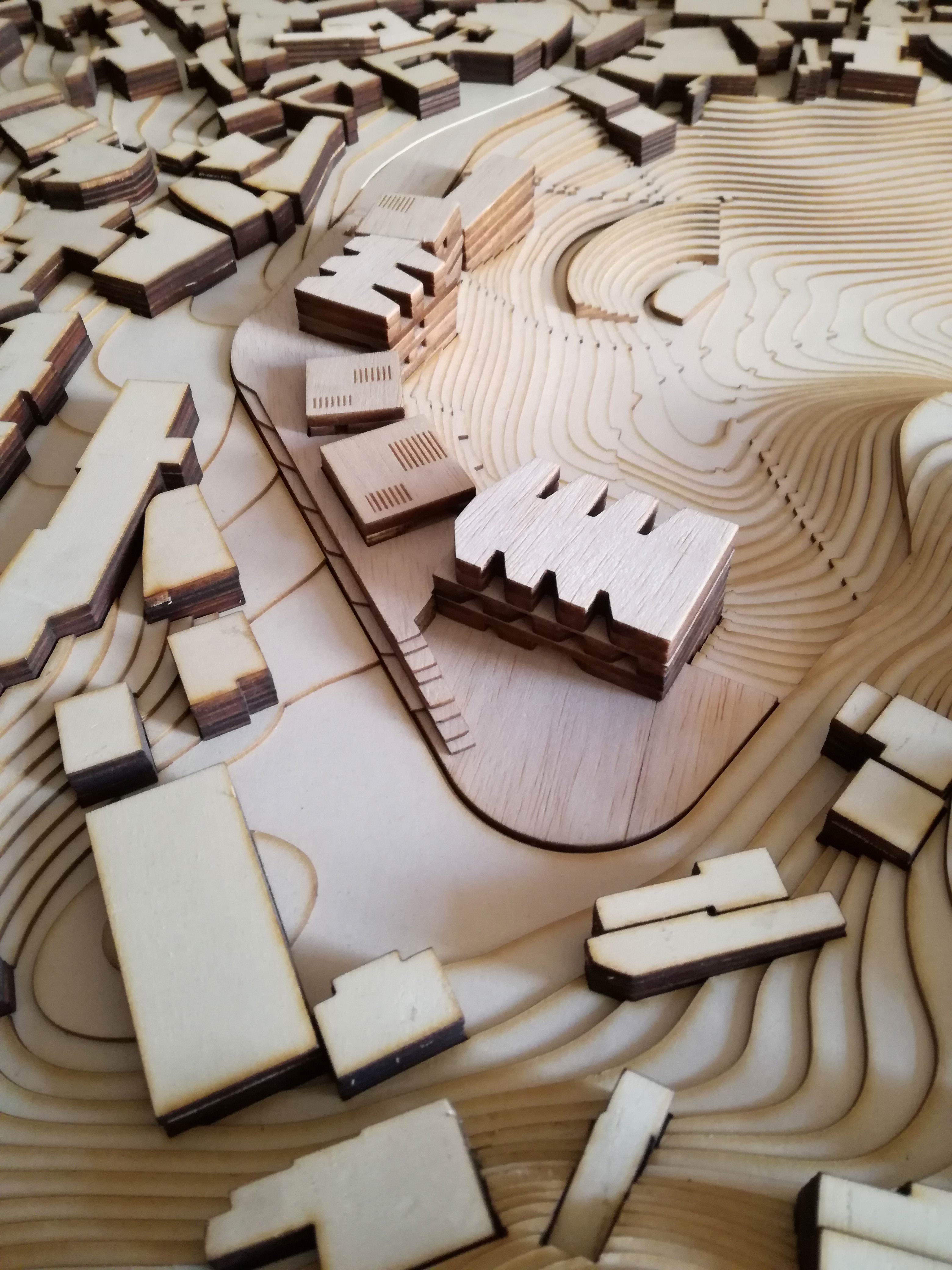
The Board:
